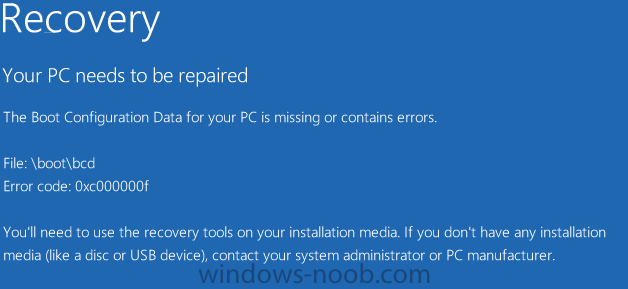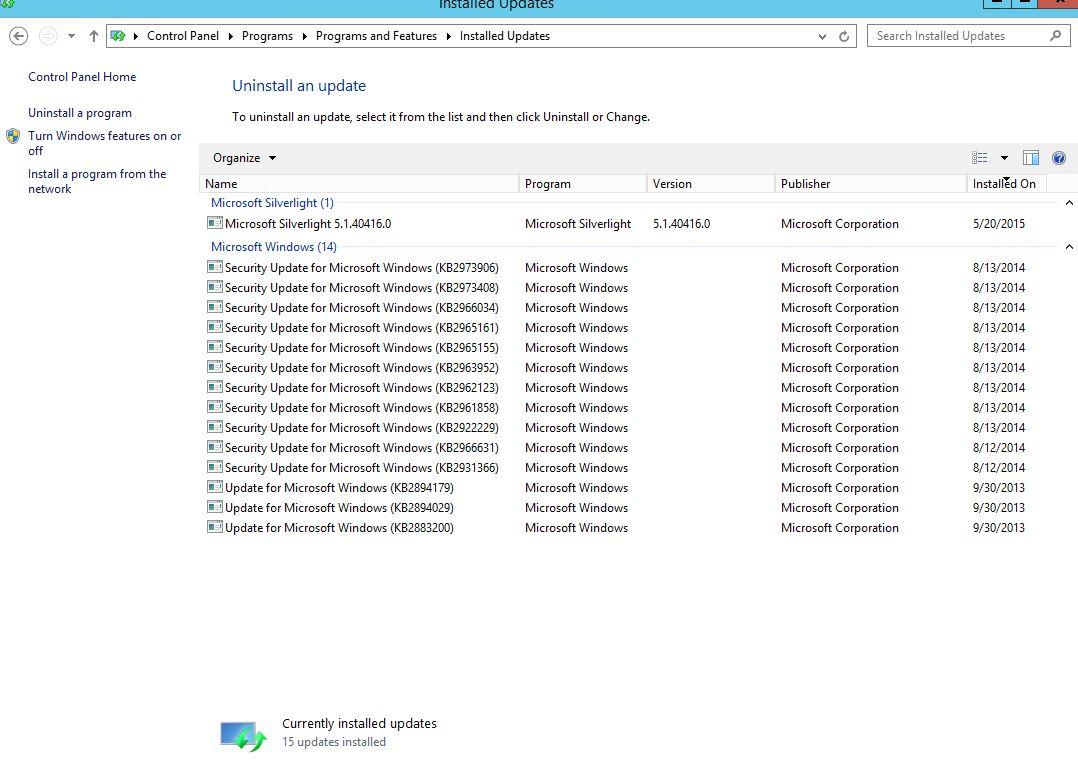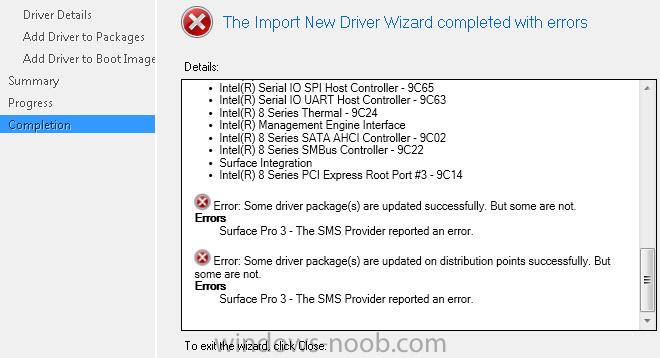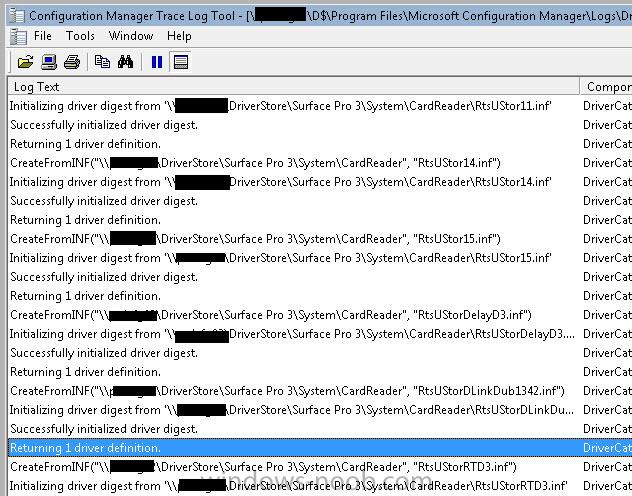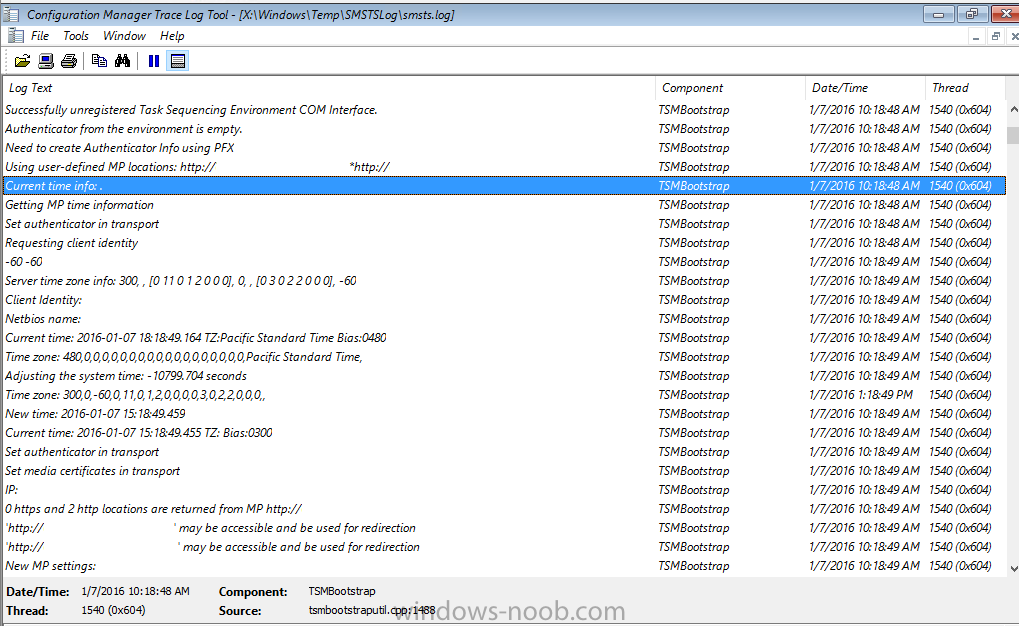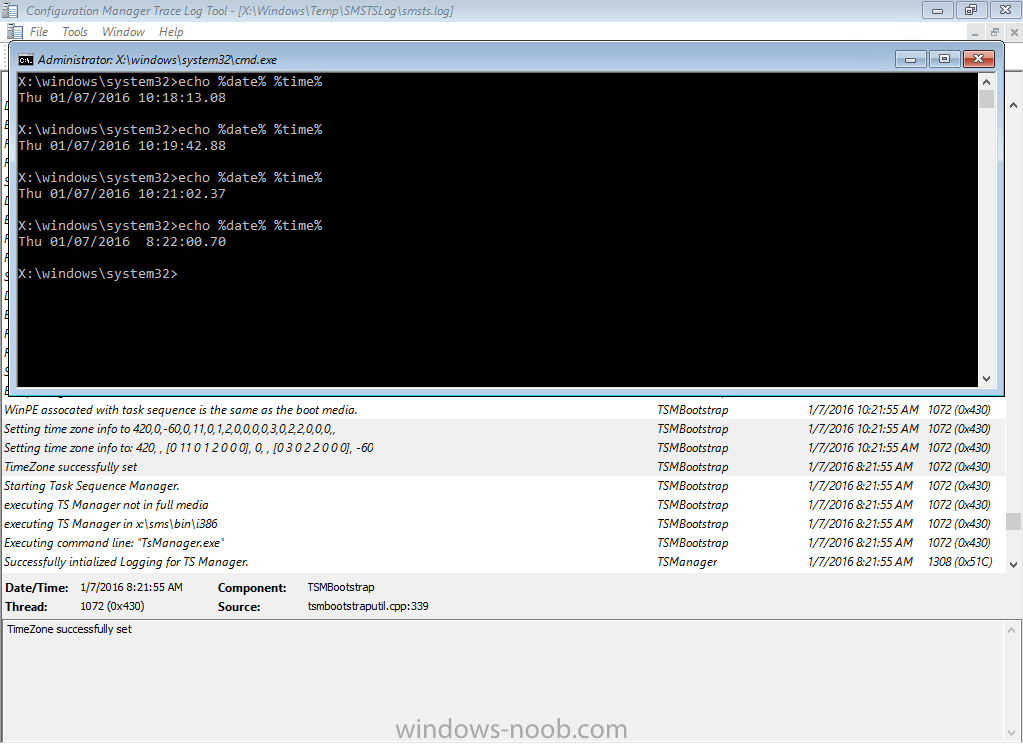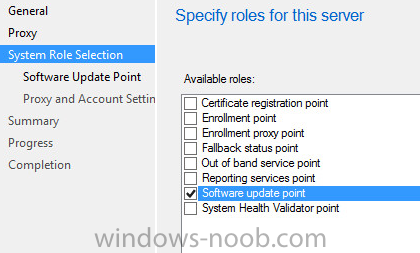Search the Community
Showing results for tags 'SCCM 2012 R2'.
-
Hi, I'm trying to deploy Windows 8.1 x64, but my task sequence fails with Error 80070032 – Failed to make volume bootable or The request is not supported. Background: I have two disks in my machine, im trying to deploy to my MSATA disk. I consider my MSATA disk as primary disk since it's fa...
- 4 replies
-
- ConfigMgr2012
- SCCM2012
-
(and 3 more)
Tagged with:
-
Hi all, I have looked all over the Internet and found people with the exact same problem, but I can't seem to fix this issue with the suggested solutions. Suddenly PXE boot stopped working. It worked for a couple of months. No changes have been made on SCCM, Firewall or DHCP but PXE sudden...
-
Hey all, All of a sudden our SCCM 2012 R2 (Patched up to date) is having issues. When we PXE boot we get to the stage in the OSD where we have to enter our password for task sequences. As soon as we enter the password the task sequence fails (Before presenting a list of available tasks). I can't s...
-
Hi Experts, We are currently implementing SCCM Current Branch 1702 afresh for one of our customers replacing BMC Marimba, and it was only a week back that we were informed about another existing installation of SCCM in one of the regions. They are using SCCM 2012 SP2.for managing patching for bot...
-
Microsoft explains that an in-place OS upgrade from Server 2012 to Server 2012 R2 is supported (let's make that clear before someone pulls out the backup / reinstall / site recover copypasta, ok?) for a site server running Config Manager 2012 R2 SP1. So, I did just that, and after wrangling with som...
- 4 replies
-
- SCCM 2012 R2
- Windows Server 2012 R2
-
(and 1 more)
Tagged with:
-
I am seeing an issue on Server 2012 R2 Clients that are reporting ‘Compliant’ in SCCM against a Windows Update Deployment but when I look on the server I am not seeing the KBs in the deployment installed under ‘Installed Updates’. On the 2008 R2 servers everything is installing properly. Below is...
-
I'm having an issue where my Windows 10 task sequence loses it's DNS servers right after the "Setup Windows and Configuration manager" Step reboot. Steps taken so far: - Downloaded all network drivers for this pc model and added them to Driver package and boot image. - Ran "ipconfig /...
- 1 reply
-
- unattend.xml
- sccm 2012 r2
-
(and 1 more)
Tagged with:
-
Hi, Simple question really. Whats the best practice when structuring windows client updates? Do people auto apply to test machines and then auto apply to all machines a couple of weeks after.
-
- sccm 2012 r2
- updates
-
(and 2 more)
Tagged with:
-
I was wondering if anyone could give me some advice. I've come across a problem which Im struggling to get past. We have an sccm distribution point which has PXE enabled. Whenever a machine tries to PXE for some reason WDS just doesn't respond. Eventually it just times out. Where shall I begin :...
-
- sccm 2012 r2
- pxe
-
(and 1 more)
Tagged with:
-
I'm trying to install DCIS 4.2 on my computer with System Center Configuration Manager 2012 R2 console installed. The installer runs until it gets to "Importing Custom Dell Reboot Package" and then goes right into "Rolling Back Option". I've tried this on a system with the SCCM Console installed fre...
- 1 reply
-
- sccm 2012 r2
- dcis
-
(and 1 more)
Tagged with:
-
Hey Everyone! Another day and another problem with SCCM! Currently I am experiencing Hash value mismatches with numerous packages, it is very intermittent...One day it will be the main OS .wim and the next it will be a driver package. After a lot of reading it has been suggested that re-validati...
-
Hi, I'm new here and also to SCCM. My objective is to provide a clean standardized source of software product information that can be loaded into a Configuration Management Database (CMDB). More specifically I'm looking to collect, and automatically maintain the following information: For each...
- 4 replies
-
- SCCM 2012 R2
- CMDB
- (and 8 more)
-

SCCM 2012 R2 – Driver import fails with empty package folder?
shawn.pederson posted a question in How do I ?
Trying to import the Surface Pro 3 drivers into SCCM 2012 R2. The process completes however the import wizards gives the error below: Error: Some driver package(s) are updated on distribution points successfully. But some are not. Errors Surface Pro 3 - The SMS Provider reported an error. This...- 8 replies
-
- Surface Pro 3
- SCCM 2012 R2
-
(and 1 more)
Tagged with:
-
Hi, We have around 500 machines deployed across multiple sites which we have noticed that around 60% of these are now showing inactive. As a comparison, I have found 2 machines, one active, one inactive, both from the same site in the same boundary, to try and figure out why they may be inactive...
- 3 replies
-
- inactive
- sccm 2012 r2
-
(and 3 more)
Tagged with:
-
Is it possible to get application deployment status using powershell. I read couple of articles which suggest running SQL query but i am looking for something like WMI that can connect to SCCM and pull information like success, in progress, error and unknown status. Thanks in advance.
-
Hello all! I've been trying to deploy Windows 7 64-bit to our new HP EliteDesk 800 65W G2 Desktop Mini PC. All goes OK up to apply operating system step (error occurs at the end of apply OS step). After downloading and applying OS.wim to C-drive, i get following errors to smsts.log: ________...
- 7 replies
-
- sccm 2012 r2
- osd
-
(and 3 more)
Tagged with:
-
I am dealing with a really weird issue. We have two environments one is SCCM 2007, and we just stood up the SCCM 2012 R2 environment to transfer over. I am trying to transition the clients over subnet by subnet using the client push install. SOme installs go without issue. But a good number of...
-
SCCM 2012 distribution point not created
fgau posted a question in Troubleshooting, Tools, Hints and Tips
Configuration : server01 : windows 2012 r2 + sccm 2012 r2 sp1 server02 : windows 2012 r2 + sql server 2012 sp3 Service SQL : user service sql server = domain\user_service_sql (authorized to open session as service) setspn -A MSSQLSvc/server01:1433 domain\user_service_sql setspn -A M...-
- sccm 2012 R2
- distribution point creation
-
(and 1 more)
Tagged with:
-
Hello, I have been working on upgrading the operating system for our SCCM server from 2008 R2 to 2012 R2. I recovered the site from a site system backup through the Configuration Manager Installation wizard. My SCCM databases are on a separate server and upon installing WSUS I had the database s...
-
- SCCM 2012 R2
- software update point
-
(and 2 more)
Tagged with:
-
Hi Guys, Our company has 32 sites across the UK, and a data centre where our SCCM 2012 R2 server sits. We don't want to put servers back into the sites, so I was wondering can you or has anyone used NAS devices as distribution points? I know you can use branch cache for application deploymen...
- 2 replies
-
- NAS Distribution points
- NAS
-
(and 1 more)
Tagged with:
-
Current Scenario We have a Primary standalone SCCM 2012 site in a single Domain hosting multiple location with the connectivity to MP & DP’s, we have SQL installed on same site server. Usage: Software Distribution, Software Update, Reporting. We do not use it for Image Management. Requiring: If t...


